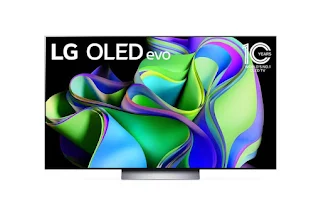Introduction to OLED:
What is OLED?
OLED stands for Organic Light Emitting Diode. It’s a display technology that uses organic materials to produce light when electricity is applied.
How It Works:
- Each pixel emits its own light, allowing for bright colors and deep blacks.
Where It's Used: :
- Common in high-end smartphones, TVs, and monitors.
Advantages:
- Better Picture Quality: Bright colors and true blacks.
- Thin Design: Can be made very thin and flexible.
- Wide Viewing Angles: Looks good from different angles.
- Energy Efficient: Uses less power for dark images.
Disadvantages:
- Burn-in: Static images can leave permanent marks.
- Higher Cost: More expensive to produce.
- Shorter Lifespan: Organic materials can wear out faster.
- Brightness Limits: Not as bright as some LCDs in well-lit rooms.
Notes: OLEDs are a popular choice for modern displays due to their exceptional image quality and design flexibility, despite some drawbacks like burn-in and higher costs.

